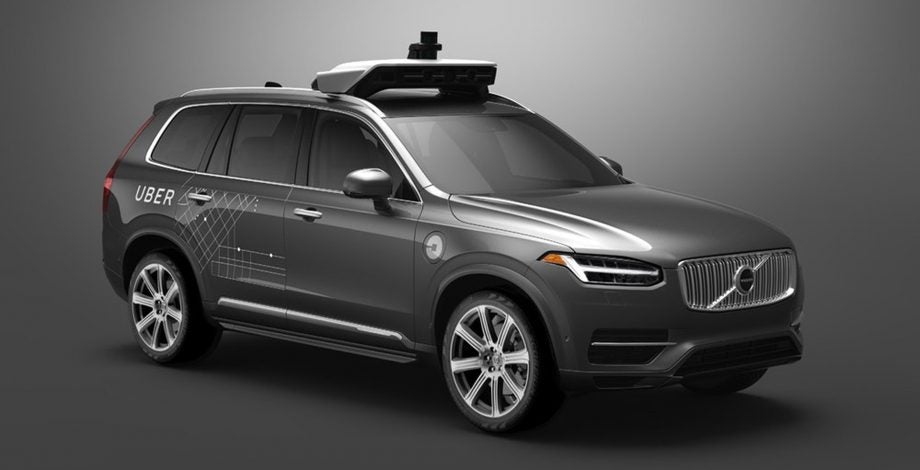Uber self-driving car spotted victim six seconds before fatal crash

Earlier this week, Uber announced it would no longer seek to test its self-driving cars in Tempe, Arizona, following an accident resulting in the death of a pedestrian. Now, a newly-published report pertaining to the accident may have shed light upon the decision to permanently halt the trials.
It has emerged the self-driving car involved spotted 49-year-old Elaine Herzberg six seconds before running her down.
The USNTSB’s preliminary report revealed the car’s on board computer identified the woman as an unknown object, a vehicle and a bicycle (she was pushing her bike across the road) before the collision.
Although the car slowed slightly, it did not attempt an emergency stop. The human in the driver’s seat took the wheel just a second before the accident but didn’t hit the brake until after the car hit Ms. Herzberg.
Despite this, the preliminary report found there was no immediately identifiable faults with the self-driving system, following the fatal accident in March.
“All aspects of the self-driving system were operating normally at the time of the crash, and there were no faults or diagnostic messages,” the report says (via BBC).
Related: Death By Driverless Car: who’s to blame?
The report also says the area was poorly lit, that the victim was wearing dark clothes and that the reflectors and lights on the bike were at right angles to the car, meaning they wouldn’t necessarily have been visible.
Uber has said it is conducting its own safety review and is working with the NTSB and plans to share more information in the coming weeks.
Would you trust a self-driving Uber to keep you safe? Let us know @TrustedReviews on Twitter.


